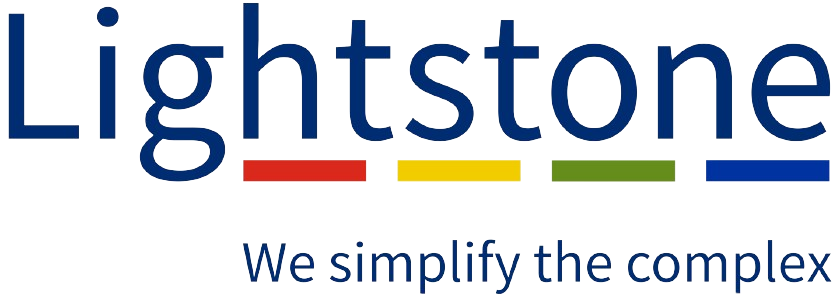Estate Agents welcomed the South African Reserve Bank’s decision to cut interest rates by 25-basis points in September, but they hope it is the first step of many which will help push the market to recovery.
South Africa has certainly had good news from different sources in 2024: the May 2024 elections and installation of a Government of National Unity, the easing of inflation, and the loadshedding holiday have all fuelled a more positive mood, and the interest rate cut will help.
But the graph below shows just why the rate cut was needed, and why the market needs another helping hand: residential property transactions have been falling since 2021, which itself was an artificially high year because of pent up demand coming through from Covid lockdowns in 2020. Transaction volumes had in fact been falling since 2017, and it’s worth noting that while 2021 was the highest since 2004-2007, transactions have never recovered to those pre-financial market crash years.
All residential property transactions 2003-2023: R30k-R30m

South Africa's prime lending rate in the period 2003 to 2023 hit an all-time high of 17% in May 2003 and dropped to a record low of 7% between July 2020 and October 2021 after the SARB responded to tough economic times brought about by Covid lockdowns by cutting interest rates significantly to 3.5% in 2020. (The prime lending rate is linked to the repo rate, so when the repo rate changes, the prime lending rate changes by the same amount.)
Number of loans vs value of loans
In the years 2003 to 2009, the number of loans and the total value of those loans both increased.
But after 2010 until around 2022, the value climbed while the volumes did not – so, fewer transactions at higher average prices.
Number and value of loans approved by year

Who’s getting bonds? And who’s getting primary and secondary loans?
Who are banks lending to (volume)?

Unsurprisingly, Super Luxury, Luxury and High Value segments account for around 60% of loans, both pre-2006 and after 2011/2. In 2007/9 Township, Affordable and Mid Value touched 50% of loans granted before moving downwards to around 40%. It is in these segments that the real opportunity exists to grow the market, bringing new homeowners into the market.
Which price bands get primary bonds?

The graphs above and below demonstrate four interesting facts about primary and secondary bonds between 2019 and 2023:
- It’s the higher price bands that get most primary bonds.
- The higher price bands get significantly more of the secondary bonds issued.
- Fewer secondary bonds were granted in the later years, again notwithstanding the post-Covid adjustment in 2021.
- Luxury primary bonds were on the up, along with Affordable (if 2024 is discounted).
Which price bands get secondary bonds?


